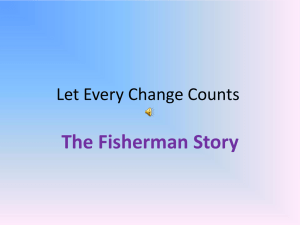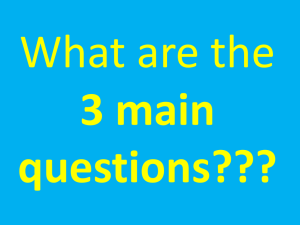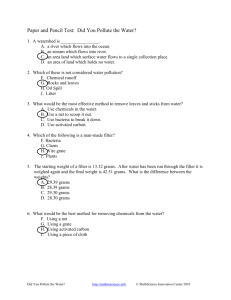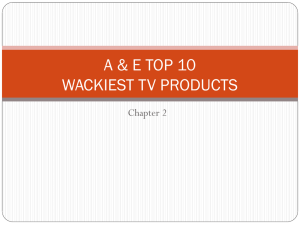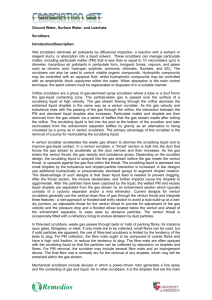FE450: Game Theory
advertisement
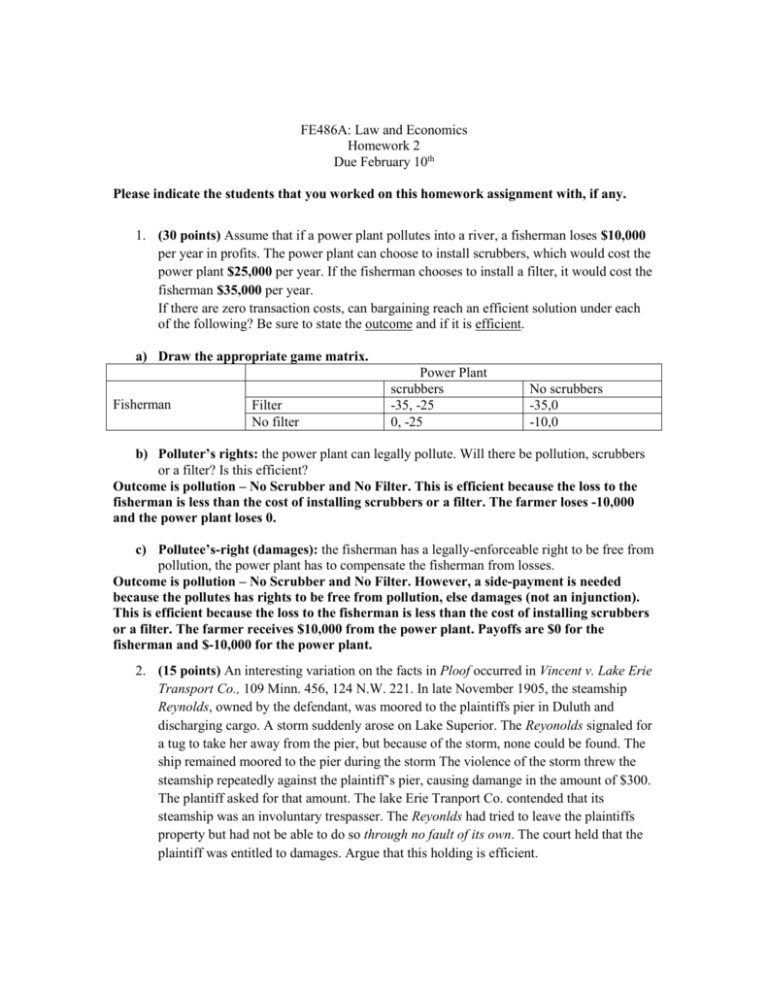
FE486A: Law and Economics Homework 2 Due February 10th Please indicate the students that you worked on this homework assignment with, if any. 1. (30 points) Assume that if a power plant pollutes into a river, a fisherman loses $10,000 per year in profits. The power plant can choose to install scrubbers, which would cost the power plant $25,000 per year. If the fisherman chooses to install a filter, it would cost the fisherman $35,000 per year. If there are zero transaction costs, can bargaining reach an efficient solution under each of the following? Be sure to state the outcome and if it is efficient. a) Draw the appropriate game matrix. Fisherman Filter No filter Power Plant scrubbers -35, -25 0, -25 No scrubbers -35,0 -10,0 b) Polluter’s rights: the power plant can legally pollute. Will there be pollution, scrubbers or a filter? Is this efficient? Outcome is pollution – No Scrubber and No Filter. This is efficient because the loss to the fisherman is less than the cost of installing scrubbers or a filter. The farmer loses -10,000 and the power plant loses 0. c) Pollutee’s-right (damages): the fisherman has a legally-enforceable right to be free from pollution, the power plant has to compensate the fisherman from losses. Outcome is pollution – No Scrubber and No Filter. However, a side-payment is needed because the pollutes has rights to be free from pollution, else damages (not an injunction). This is efficient because the loss to the fisherman is less than the cost of installing scrubbers or a filter. The farmer receives $10,000 from the power plant. Payoffs are $0 for the fisherman and $-10,000 for the power plant. 2. (15 points) An interesting variation on the facts in Ploof occurred in Vincent v. Lake Erie Transport Co., 109 Minn. 456, 124 N.W. 221. In late November 1905, the steamship Reynolds, owned by the defendant, was moored to the plaintiffs pier in Duluth and discharging cargo. A storm suddenly arose on Lake Superior. The Reyonolds signaled for a tug to take her away from the pier, but because of the storm, none could be found. The ship remained moored to the pier during the storm The violence of the storm threw the steamship repeatedly against the plaintiff’s pier, causing damange in the amount of $300. The plantiff asked for that amount. The lake Erie Tranport Co. contended that its steamship was an involuntary trespasser. The Reyonlds had tried to leave the plaintiffs property but had not be able to do so through no fault of its own. The court held that the plaintiff was entitled to damages. Argue that this holding is efficient. Analyze the decision of the ship’s captain. One would suspect that he possessed the best information concerning the expected damages to his ship had he left the dock and the expected damages to the dock from staying moored. In light of this information, does it make sense for him to be absolved from paying for damages to the dock? 3. (20 points) Classify the items in the following list as market good, a good that has a private externality or a good that has a public externality: a) A lighthouse warns ships about rocks. Public b) My building blocks your sunlight. Private c) You outbid me at the auction. Private d) Bees pollinate your apple trees. Market/Private e) Noise lowers the sale value of my house. Could be private or public (depending on the number of houses involved). Consider the number of people involved in each situation in order to determine whether the externality is private or public. A market can exist in many of these situations. For instance, an apple grower may allow free access to his apple groves in order to encourage people to raise bees. Ships using a certain port may have to pay a fee to maintain the lighthouse. 4. (15 points) Provide economic rationale for the 20 year limit for patents, the life + 70 years for copyrights and why trademarks have no time limit. What is the economic rationale for restricting the sale of a trademark? Consider the problems that might arise if copyrights carried an indefinite duration. Would it be possible to keep track of all the copyrights ever issued? 5. (20 points) See the replicated Figure 5.1 from your text (page 172 – 173 for complete explanation). Answer the following: MSC MSC/ C t D P0 F H MPC t/ B G E A q1 q2 q0 a) What does the price line, P0, imply about competition? A flat price line indicates that the market is perfectly competitive. An infinite amount of the good will be provided at price P0. b) If science reveals a new health hazard caused by breathing pollution from cement factories, what happens to the graph and the efficient level of cement production (see text for all details of replicated graph). A new health hazard would raise the marginal social cost of cement production and decrease the efficient level of production. Presumably this means that a new or a greater injury is being inflicted on the neighbors. If the company has purchased – through permanent damages – the “right to pollute,” the neighbors could claim that the deal needs to be renegotiated: the harm is greater than the earlier deal imagined.
